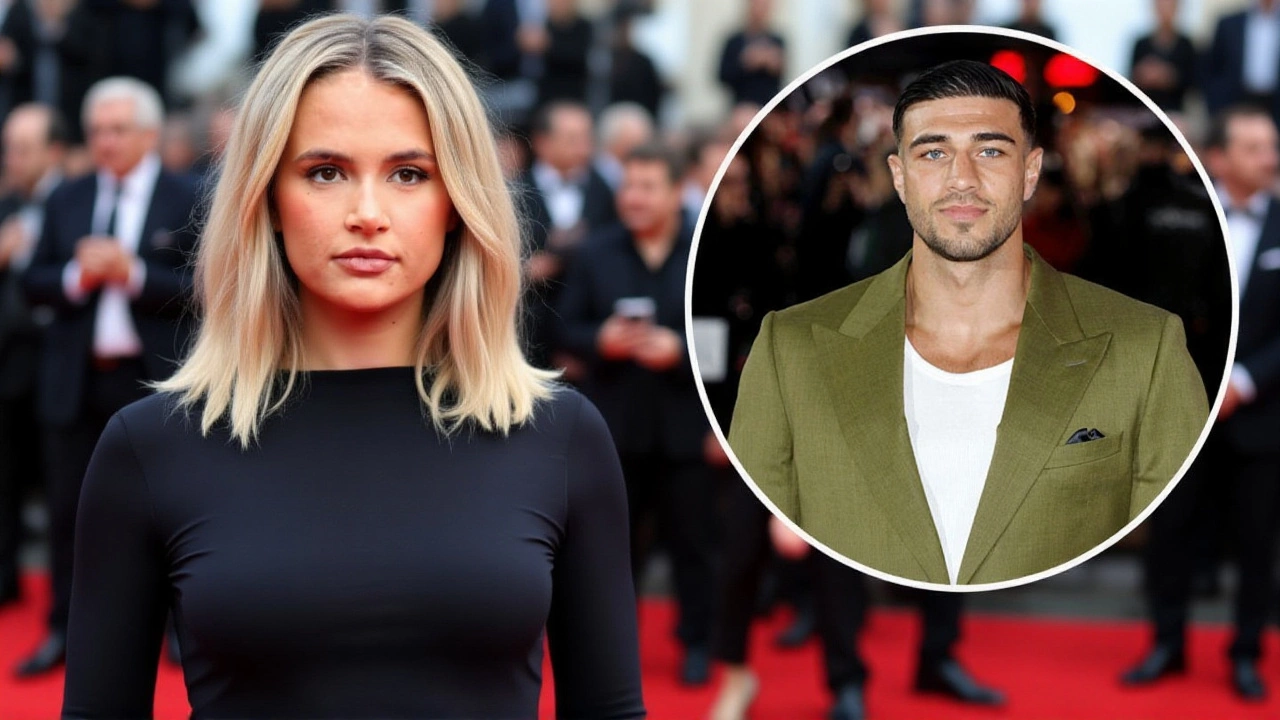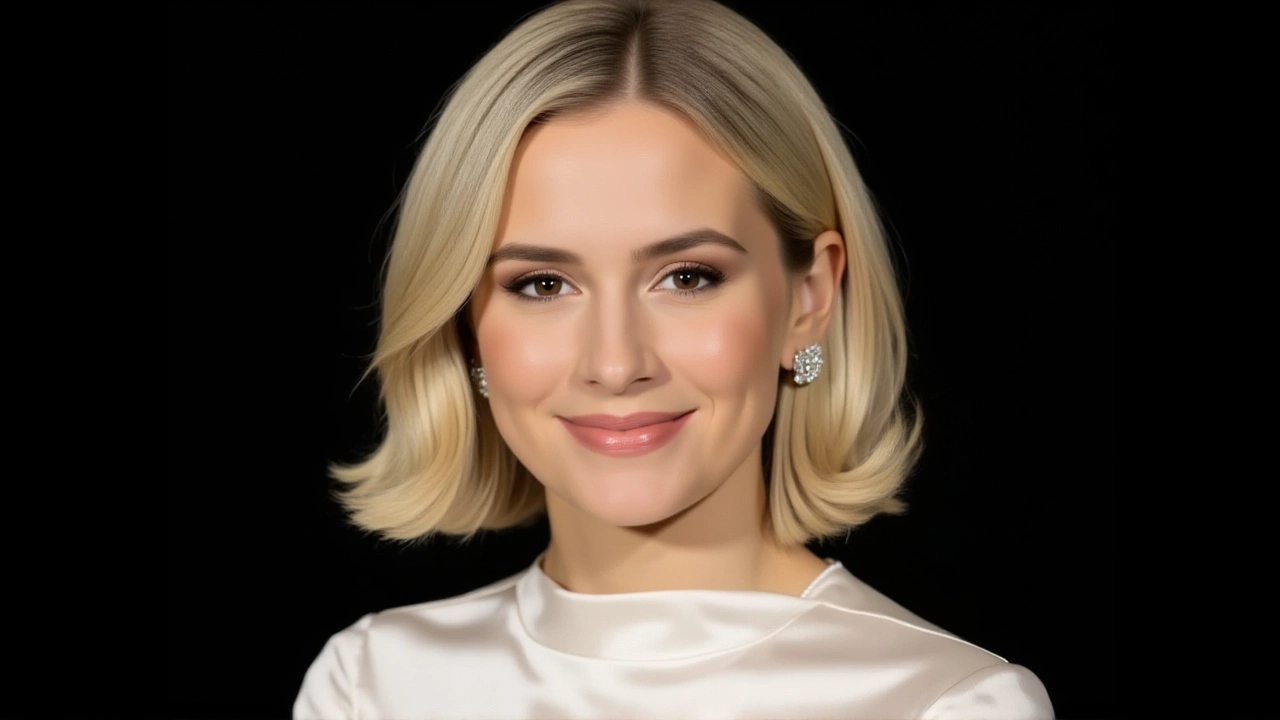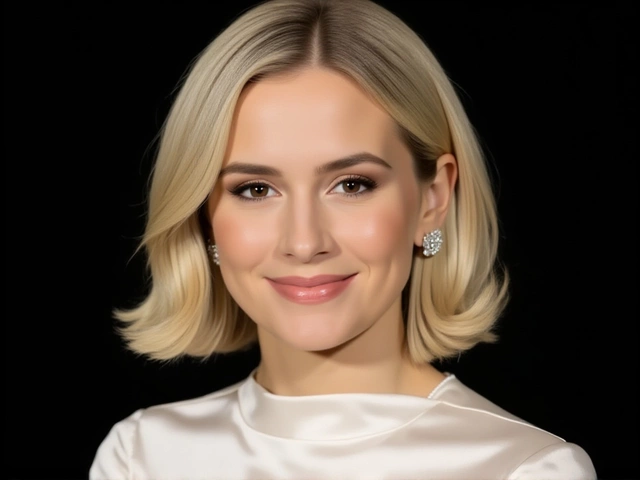When Tommy Fury stopped fighting, he started drinking — 20 shots a night, sometimes more. The 26-year-old British boxer, once known for his explosive ring presence and charismatic personality, didn’t just lose a fight. He lost himself. His descent into alcohol dependency, triggered by a devastating hand injury and months of inactivity, led to the collapse of his five-year relationship with Molly-Mae Hague, the 25-year-old social media mogul and former Love Island star. Their separation in August 2024 shocked fans who’d watched them build a life together since meeting on ITV’s dating show in 2019. But what no one saw — until now — was the quiet, painful unraveling behind closed doors.
The Year Everything Fell Apart
January 2024 began with surgery. Fury’s right hand, battered by years of professional boxing, needed repair. The operation was successful, but recovery was brutal. No training. No sparring. No fights. For a man whose identity had been wrapped in sweat, gloves, and crowd noise, silence became unbearable. "I had lost my entire identity," Fury told the camera in part one of his BBC documentary, 'Tommy: The Good, The Bad, The Fury'. "I couldn’t fight. And when you can’t fight, you don’t know who you are." What followed was a spiral. He drank to numb the pain — physical and emotional. "I was blackout drunk," he admitted. "I didn’t remember when they left. I didn’t remember saying goodbye." That moment — when Hague packed their daughter’s things and walked out of their family home — became the breaking point. "I was drunk when they left," he said, voice cracking. "That’s the worst part. I didn’t even get to say I was sorry." His father, John Fury, a former trainer and the man who shaped Tyson Fury’s career, saw it coming. "I knew from dealing with Tyson," John told the documentary crew. "When the drinking started, I thought, ‘Not again.’ I told Molly-Mae to leave. I thought it was the only way he’d hit rock bottom hard enough to change."Rebuilding, One Day at a Time
By New Year’s Eve 2024, the couple shared a kiss — captured by paparazzi, shared across the internet, and twisted into headlines. What was meant to be private became public property. But beneath the glare of social media, something quieter was happening: they were talking. Really talking. For the first time in months, they weren’t arguing about trust or neglect. They were talking about recovery. "2025 is completely different," Fury told reporters in early 2025. "I’ve had my comeback fight. I’m back in the ring. My private life has never been better." He returned to training in February. His first fight back — a four-round bout in Manchester — ended in a unanimous decision win. The crowd roared. His daughter, two-year-old Bambi, clapped from the front row. Hague, who co-owns fashion brand PrettyLittleThing and serves as Creative Director of DTF Skincare, confirmed their reconciliation in a candid Cosmopolitan UK cover interview, set for publication on November 13, 2024. "We’re together," she said. "But we’re living quite separate lives. We’re not rushing. We’re rebuilding." The couple’s Instagram feeds now tell a different story: quiet dinners, Bambi’s first steps captured on camera, Fury lifting weights with his father, Hague laughing in a sunlit kitchen. No staged poses. No captions about "soulmates" or "forever." Just real moments. Raw. Unfiltered. Human.
The Documentary That Changed Everything
Part one of 'Tommy: The Good, The Bad, The Fury', streaming now on BBC iPlayer and BBC Three, doesn’t shy away from the ugly truth. It shows Fury shaking hands after a fight, then drinking alone in a hotel room. It shows Hague crying in a car after a family argument. It shows John Fury watching his son struggle, unable to reach him — until he finally did. "I thought I was protecting myself by drinking," Fury says in the film. "But I was just running away. And I ran right out of my own life." The documentary’s second part, slated for release later in 2025, will delve into their reconciliation process — including therapy sessions, co-parenting agreements, and the difficult conversations about boundaries. "We’re not fixed," Hague told Cosmopolitan. "We’re learning. And that’s enough for now." Meanwhile, Hague’s own Amazon Prime series, 'Molly Mae', has sparked its own controversy — particularly around claims of a "secret nanny" and her viral comment about Beyoncé working "24 hours." But in both documentaries, a pattern emerges: fame doesn’t protect you from pain. It just makes it louder.Why This Matters Beyond the Spotlight
This isn’t just a celebrity breakup story. It’s a story about what happens when identity is tied to performance — whether it’s boxing, influencer culture, or motherhood. Fury’s crisis mirrors that of countless athletes who retire too soon, or are sidelined by injury. The mental health toll is rarely discussed. The drinking is hidden. The family suffers in silence. "There are thousands of guys out there who got hurt, stopped fighting, and just disappeared," says Dr. Eleanor Moss, a sports psychologist specializing in athlete transitions. "The system doesn’t prepare them for life after the bell. Tommy’s openness is rare. And it’s powerful." For Hague, the pressure to be "Britain’s most relatable mum" while managing a multi-million-pound business and raising a toddler under a microscope has been equally exhausting. Her decision to speak openly about their separation — and their slow, intentional reconciliation — is just as brave.
What’s Next?
Part two of 'Tommy: The Good, The Bad, The Fury' will drop before the end of 2025. Fury has two more fights scheduled for early 2026. Hague is launching a new skincare line in January. They’ve hired a family therapist. And they’ve agreed on one rule: no more drinking in the house. "We’re not perfect," Fury told the camera before the credits rolled. "But we’re trying. And that’s better than being perfect and broken."Frequently Asked Questions
What caused Tommy Fury’s alcohol dependency?
Tommy Fury’s alcohol dependency began after January 2024 hand surgery ended his boxing career temporarily. With no training, no fights, and no sense of identity, he turned to alcohol to cope with chronic pain and depression. He admitted to consuming up to 20 shots nightly, leading to blackout episodes and the eventual breakdown of his relationship with Molly-Mae Hague.
Are Tommy Fury and Molly-Mae Hague officially back together?
Yes, the couple reconciled in early 2025 after their August 2024 separation. However, they are not living together full-time. In her Cosmopolitan UK interview, Hague confirmed they are "together, but living quite separate lives" as they rebuild trust and establish healthier boundaries, particularly around alcohol and parenting.
How has their daughter Bambi been affected by the separation and reconciliation?
Bambi, now two years old, has been the central focus of their reconciliation. Both Fury and Hague have prioritized co-parenting stability, avoiding public arguments and limiting media exposure around her. Their Instagram posts show quiet, everyday moments — feeding her, playing in the garden — signaling a deliberate effort to shield her from the chaos of their past year.
What role did John Fury play in the reconciliation?
John Fury, Tommy’s father and former trainer, played a pivotal role by urging Molly-Mae to leave during the crisis, believing it was the only way Tommy would confront his addiction. His experience with Tyson Fury’s own struggles with mental health and alcohol gave him insight into the warning signs. He remains involved in Tommy’s recovery, attending therapy sessions and training sessions to help rebuild his son’s routine.
Where can I watch Tommy Fury’s documentary?
Part one of 'Tommy: The Good, The Bad, The Fury' is available now on BBC iPlayer and BBC Three. Part two is scheduled for release later in 2025. The series is not available on commercial streaming platforms like Netflix or Amazon Prime.
Why is Molly-Mae Hague’s Cosmopolitan UK interview significant?
Her November 13, 2024 cover interview is the first time she’s publicly addressed the alcohol-fueled breakdown of her relationship with Tommy Fury. Unlike her Amazon documentary, which focused on her public image, this piece centers on vulnerability — admitting she felt powerless during Tommy’s crisis and how their reconciliation requires patience, not perfection.

